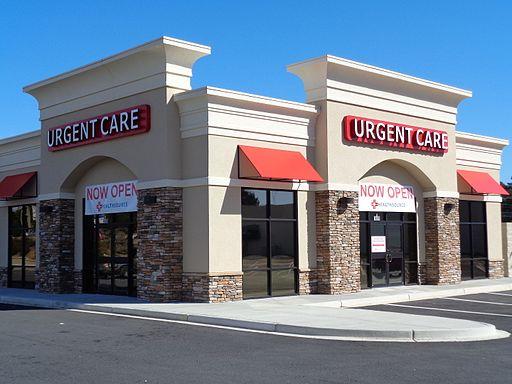Increasingly, Americans are choosing alternate sites of care, specifically retail clinics, urgent care centers and telemedicine. Fair Health, an aggregator of private insurance health claims, has provided an analysis of the health claims of 150 million of us to provide a snapshot.
The three alternatives quick care sites include retail clinics, those services areas staffed by pharmacists or nurse practitioners in your local pharmacy or Walmart; physician staffed urgent care centers, free-standing sites offering more than offices and less the emergency room, what we in the trade referred to as a “Doc in a Box;” and telemedicine. Here are some of the findings:
- Emergency Department utilization grew by about 230%, taken as the baseline retail clinics had triple the growth, urgent care centers an eight-fold increase and telemedicine a four-fold increase. It seems we have gotten the message to use Emergency Department alternatives.
- Women continue to use more health services than men in all of these settings and through all age groups except children up to age 10. This greater use of health services by women is in keeping with the fact “real men do not need health care” and that women are the drivers for their and their families healthcare use.
- Retail Clinics provide a lot of simple primary care, vaccinations, physical examinations for school and quick diagnostic tests for strep or flu; driven by concerns over acute respiratory infections, general symptoms like fever or malaise (our way of saying I don’t feel well) and communicable diseases. They are removing simple, urgent problems that “clutter up” a primary care physician’s schedule that have a reasonable profit margin. Most importantly, 21% of retail clinic utilization involves the purchase of supplies. A one-stop shop.
- Urgent care centers staffed by physicians have more diagnostic equipment and services, X-rays, and laboratory testing. The presence of physicians increased injections or infusions of medicine; the availability of X-rays for diagnosis dramatically increased the number of injuries seen, accounting for 18% of visits. Infections (urinary tract, ear, eye and acute respiratory infections) accounted for 60% of visits. Pediatric use (0-18) doubled that of retail clinic suggesting that when it comes to children, we want more definitive care. But convenience has a price. They charged for seeing scheduled patients outside of “normal hours” – holidays or between 6 PM and 8 AM; adding anywhere from 10 to 20% to the cost for physician services.
- Telehealth, speaking to a physician over video, has been offered as a solution to physician shortages and has increased primarily in those areas both rural and urban core. Mental health services, not seen in the other alternative settings represented a third of care. Despite all the rhetoric, chronic care represented only 6% of telehealth primarily for high blood pressure, heart disease, and respiratory problems, like chronic obstructive pulmonary disease.
- Emergency Department, the full-service standard had a utilization spike in 2014-15, thought to be due to increased access through “Obamacare” and the “opioid crisis.” For both pediatric patients, and those of college age (19-22) the primary concern was an injury. For the pediatric population, there were open wounds needing “stitches” or concerns about concussions; college-age patients injured more limbs, perhaps a premonition of the strains and sprains of the thirty-somethings. The Emergency Department did a lot more testing with a four-fold increase in X-rays than the urgent care centers, and a doubling of laboratory testing.
So, by and large, it seems that patients have begun to use alternative care sites in apparently appropriate ways. Whether this is due to education, copayments, deductibles, convenience or quality is something I cannot determine. Could it be “the invisible hand” at work?
Source: Fair Health A New View of Place of Service Trends and Medical Pricing




